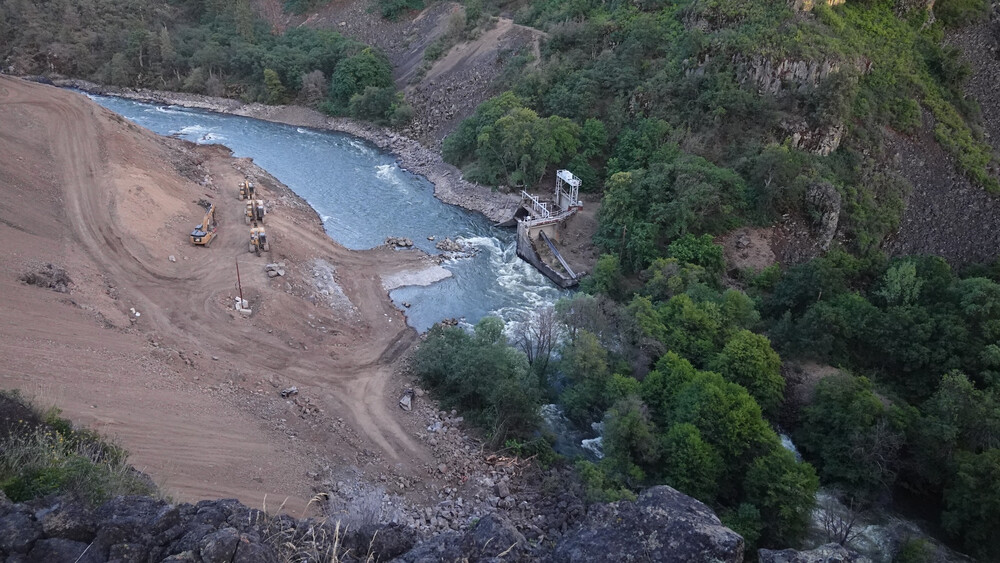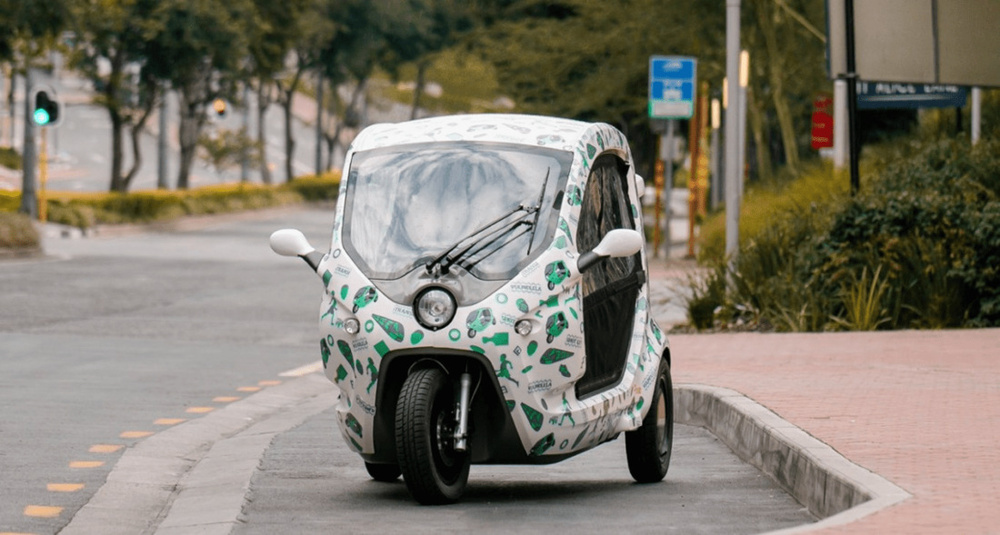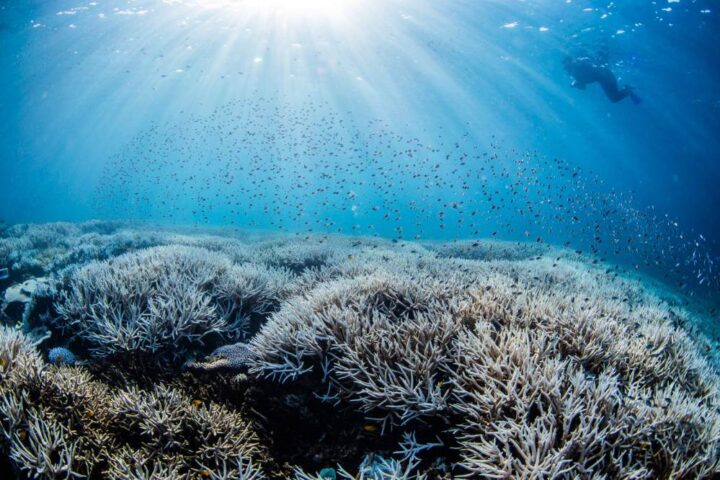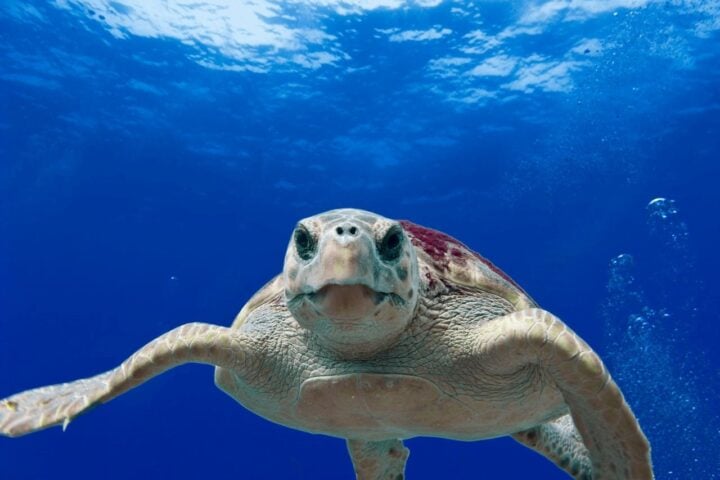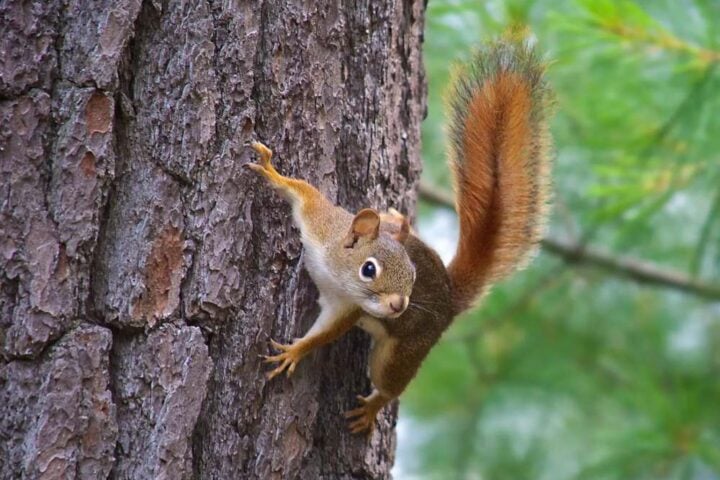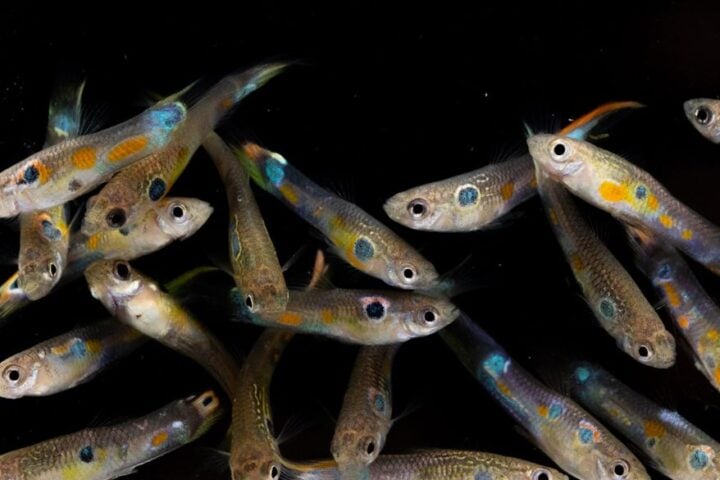The Klamath River, a vital and sacred waterway for the indigenous tribes of the region, is witnessing a monumental shift towards ecological and cultural restoration. The Klamath River Renewal Corporation (KRRC), in a collaborative effort with the Yurok Tribe and the Shasta Indian Nation, has embarked on a journey to dismantle the Klamath Hydroelectric Project, which has obstructed the river’s natural flow and fish passage for over a century. This initiative, which officially commenced in June 2023, is not merely an environmental project but a profound step towards healing and reviving the river’s ecosystems and the cultural ties that bind the indigenous communities to it.
A significant focus of this restoration is the removal of the Copco No. 2 dam, which since its completion in 1925, has diverted the river, dewatering a historically rich river canyon and allowing a dense stand of trees to colonize the riverbed. The removal process, meticulously planned and executed, ensures minimal environmental impact and safety. The dam’s removal and footprint restoration are slated to conclude by the end of October, with an official announcement anticipated from KRRC. The removal signifies not just a physical alteration but a step towards reviving a scenic stretch of river canyon, rehydrating ecosystems, and potentially improving conditions for local wildlife.
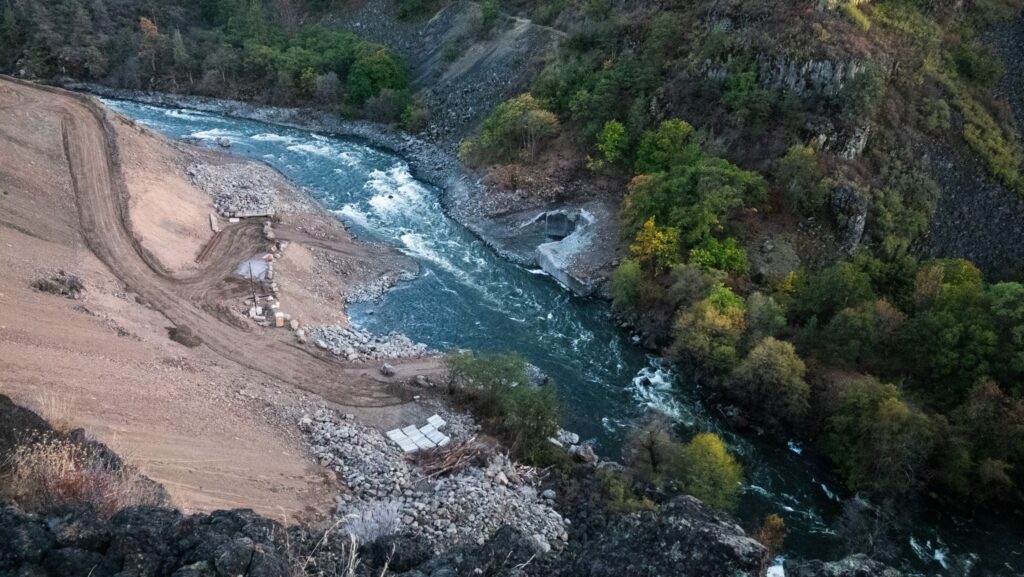
The restoration extends beyond the physical removal of the dam to include ecological efforts, such as the replanting of oak woodlands, which have significant ecological and cultural importance. Gwen Santos has been spearheading acorn collection efforts, vital for replanting tens of acres of oak woodland that were submerged when the Klamath dams and reservoirs were created. She expressed, “So, oaks are such an important species and we’ve been collecting acorns throughout the years, but what we’ve noticed in our fifth year of collection here, 2023, is that oaks do kind of share resources together and it seems to be on a regional level.”
The temporary boat ramp adjacent to the former Iron Gate Boat Ramp has been made available for public use, ensuring that recreational activities can continue amidst the ongoing projects. The new permanent Iron Gate Boat Ramp, scheduled for completion in mid-October, will replace the temporary structure, demonstrating KRRC’s commitment to facilitating public access and enjoyment of the river. However, for public safety during the drawdown and dam removal process, the new Iron Gate Boat Ramp will be temporarily closed from the end of December and is expected to reopen in Fall 2024.
Similar Posts
The Yurok Tribe, with over 6,400 enrolled members, and the Shasta Indian Nation, with approximately 300 enrolled members, have been pivotal in this restoration, focusing on major initiatives like fisheries restoration, Klamath dam removal, and cultural preservation. Yurok Vice Chairman Frankie Myers shared, “It fills my heart to know that salmon will migrate through this river reach on their way to spawn in the upper basin.” Similarly, Shasta Indian Nation Councilman Mike Olson conveyed, “My family is from Kikacéki. I feel at peace whenever I come up here. I know as a Shasta Indian that I’m home.”
The restoration of the Klamath River, while ensuring the revival of natural landscapes and ecosystems, also intertwines with the revitalization of local communities and economies. The KRRC’s communication and engagement with the public, including providing updates and addressing inquiries, reflect an approach that values transparency and public involvement. The ongoing projects, while focused on environmental restoration, also reflect a balance between ecological recovery, public access, safety, and community engagement, embodying a holistic approach to river restoration. The endeavor is not merely a local endeavor but stands as a symbol of dam removal and river restoration efforts globally, intertwining environmental stewardship with cultural and community revitalization.
